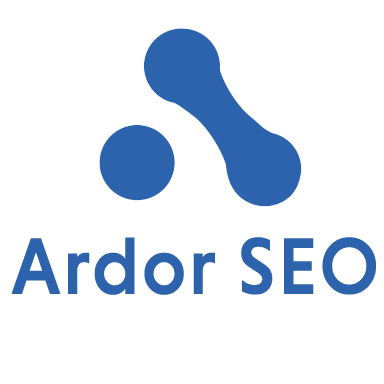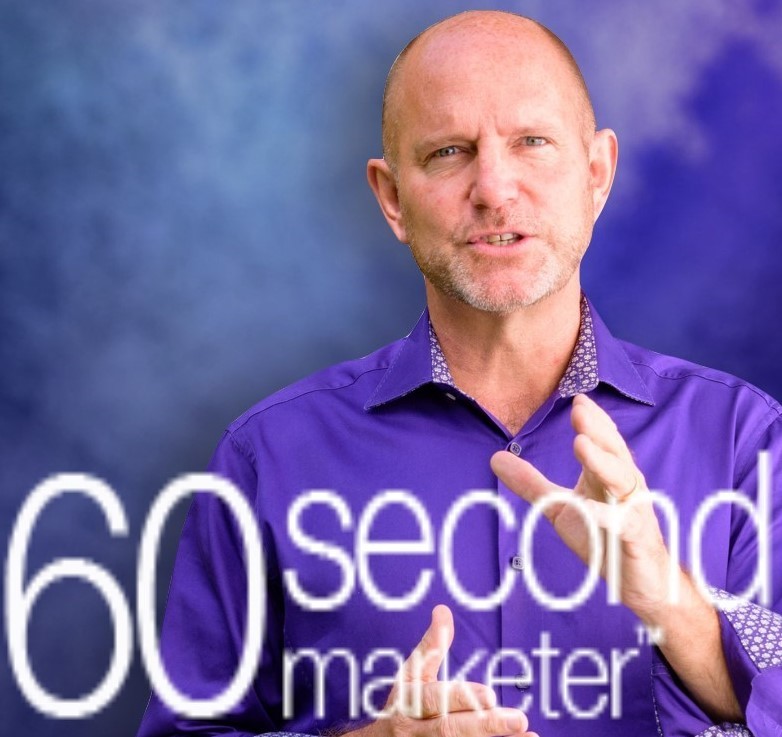
What Is The Future of Marketing? 4 Keys of One-to-One Marketing |

Marketing is a continually evolving industry that is tweaked every single year. Access to data, new platforms, new social media sites, the latest marketing trends, and new technology keep marketing teams on their toes and force them to adapt.
So, what does the future of marketing look like? Well, it's likely to get a lot more personal. The biggest issue with marketing right now is the amount of waste involved. Huge budgets are allocated, but conversion rates are still limited.
Marketing is all about increasing your audience, improving conversions, and ultimately helping you to sell more. But, right now, most marketing efforts fall on deaf ears.
One-to-one marketing, 1:1 marketing, aims to change all that. The future of marketing will be tailor-made campaigns designed to interact with people on a personal level. Boosting the chance of conversion ten-fold and almost guaranteeing sales.
What is One to One Marketing?
One-to-one marketing is a strategy that focuses on creating an individualized experience between a company and its customers. By personalizing the background, the customer is more likely to take notice, become a follower, and improve customer loyalty.
The idea is that a one-to-one marketing strategy will improve marketing investment. But, this is no new concept. In fact, 1:1 marketing has been around for millennia. This personalized strategy is no different from a store owner knowing their regular customers and building a relationship with each one.
Store owners who know their customers well will remember their individual customer's details and preferences. They will then use this information to sell them products they think the customer will like and is more likely to buy.
One-to-one marketing follows the same principle of small store owners but seeks to apply it on a much larger scale.
How Does it Work? 4 Keys to One-to-One Marketing
You will probably already know about the benefits of segmenting your customers and appealing to these different groups with customized material. Segmenting customers is most commonly used in email marketing.
The one-to-one marketing strategy depends on individual segmentation or "a segment of one." Rather than establishing groups of customers, you will target every single individual with unique material just for them.
This may sound impossible, how can a company create unique marketing materials for hundreds, thousands, or even millions of people?
Here are the 4 keys to making one-to-one marketing work for your business.
4 Keys to One-to-One Marketing
Get this helpful guide from Ardor now for free and grow your business! Enter your email and get the rest of our free guide!
|
Free Guide for You 1. Identify Your Prospects and CustomersBuilding and maintaining an extensive customer database is the foundation of a one-to-one marketing strategy. Without a database, you simply can't collect the data needed to run a successful one-to-one marketing campaign. A CRM system will be the most likely answer for your company. Accurate and evolving data is the most critical aspect of modern business. The more you know about your customers, the better you can target them and give them material they will find useful and interesting. The quality of your data is integral to your success. You need much more than just your customer's names, numbers, and addresses. Your system should be able to report on behavior, preferences, values, interests, and acquisition. Media giants like Netflix, Amazon, and Google are the leaders in personalized marketing. Their algorithms give mountains of rich data about each individual that uses their service. They are then able to design customized marketing material that drives sales. Recognizing your customer at every contact point, every medium used, every location, and within every division of the company is vital. 2. Differentiating Your CustomersOnce you have the rich customer data, you can then start to differentiate your customers. All customers have different values and different needs. Once you can successfully identify your customers, differentiating them will help your company focus your marketing efforts, giving you the most advantage when approaching your most valuable customers. Once you have differentiated your customers, you can tailor your company behavior to your individual customer's values and needs. This will help to significantly improve customer relationships, build loyalty, and ultimately improve conversions. In our modern world, customers want to see their values and needs reflected int the companies they use. But, being able to reflect every individual's values and needs is impossible. Without a one-to-one marketing strategy, you are limited to a particular group of people that will connect with your company. A one-to-one marketing strategy expands your customer base by connecting with more people based on their preferences. Spotify is a perfect example of successful one-to-one marketing. Their algorithm selects a personalized playlist for each customer based on their individual music preferences and behaviors. This means Spotify customers have access to a personalized playlist creator who understands their taste in music and can even offer suitable recommendations for other tracks and artists. 3. Cost-Efficient and Effective Customer InteractionOne-to-one marketing thrives on the cost-efficiency and effectiveness of your interactions with customers. You can improve the cost-efficiency of your interactions by directing the interactions towards a more automated and less costly channel. For example, a company with a web site full of valuable information will not need to spend vast amounts of money on a call center. You can improve the effectiveness of your customer interactions by creating timely, relevant content/information which provides a more in-depth insight into a customer's needs or values. It's essential to ensure that each interaction you have with a customer is linked to past interactions with that same customer. Some marketing teams might call this the "buyer's journey" where using content or information gradually leads them to a successful sale. This depends on providing that customer with useful content that creates awareness, moves them to consideration, and finally helps them make a decision. All interactions with customers should pick up where they left off, regardless of what channel was used. 4. Customizing Your Company's BehaviourFor one-to-one marketing strategies to be successful, your company must learn and adapt, using the data you have collected about your customers. This could involve modifying certain products or services around products to match their particular values or needs. This is likely the future of social media marketing, where each customer has very personalized adverts on their feed. This has already started but lacks the data required to make adverts genuinely personalized. Tailored services that are aligned with the values of your customer can be highly effective. Changing the times of when you email them, the tone of the email, the exclusive offers given to them, and even the way the product is packaged. These small changes can drastically improve customer relationships. The production or service-delivery end of your business must treat different customers based on what you have learned about them. This is key to the one-to-one marketing strategy and its success. This knowledge must be reflected in every interaction with your particular customer. Some businesses fail on this last hurdle to force the results from their newfound one-to-one marketing campaign. Some companies collect all the data and then fail to use it to their advantage. Some companies might even do more damage than good by approaching customers with the wrong values and needs. It's essential to evaluate all the data correctly and ensure you are only targeting customers with their values and needs reflected. These four steps may seem complicated at the start, but they rely heavily on the correct systems being put in place, and the information is used appropriately. The first two steps are simple analysis, and the final two steps are actionable. Sometimes, these four steps will overlap, but they are in the best order for the most success. |

Final Thoughts on One-to-One Marketing
Many business owners will read about one-to-one marketing and dismiss the strategy as being too complicated. They would be right to feel slightly concerned about the implementation of this strategy.
The one-to-one marketing strategy requires a lot of focus on data, which means your tech department could get swamped, trying to figure it all out. The setup of this system can be time-intensive, and it is not without its hurdles.
However, you don't need to go all out and implement the one-to-one strategy across the full spectrum of your business. Even just implementing the strategy for one division can have positive results and give you the practice needed before scaling up and implementing elsewhere within the company.
Often the short-term results gained from one area of the business are enough to justify the time spent and money invested. If you're interested in one-to-one marketing, start small and go from there.
How Jamie Turner Can Help You
Jamie Turner is one of the most well-known and trusted marketers on the planet. He has worked with some of the biggest brands on the earth, including Holiday Inn, Coca-Cola, and AT&T.
Speak to Jamie's team today, and book Jamie for your next virtual event where he can speak with you or your entire team about one-to-one marketing strategies and:
The future of digital marketing
The future of social media marketing
The future of search marketing
